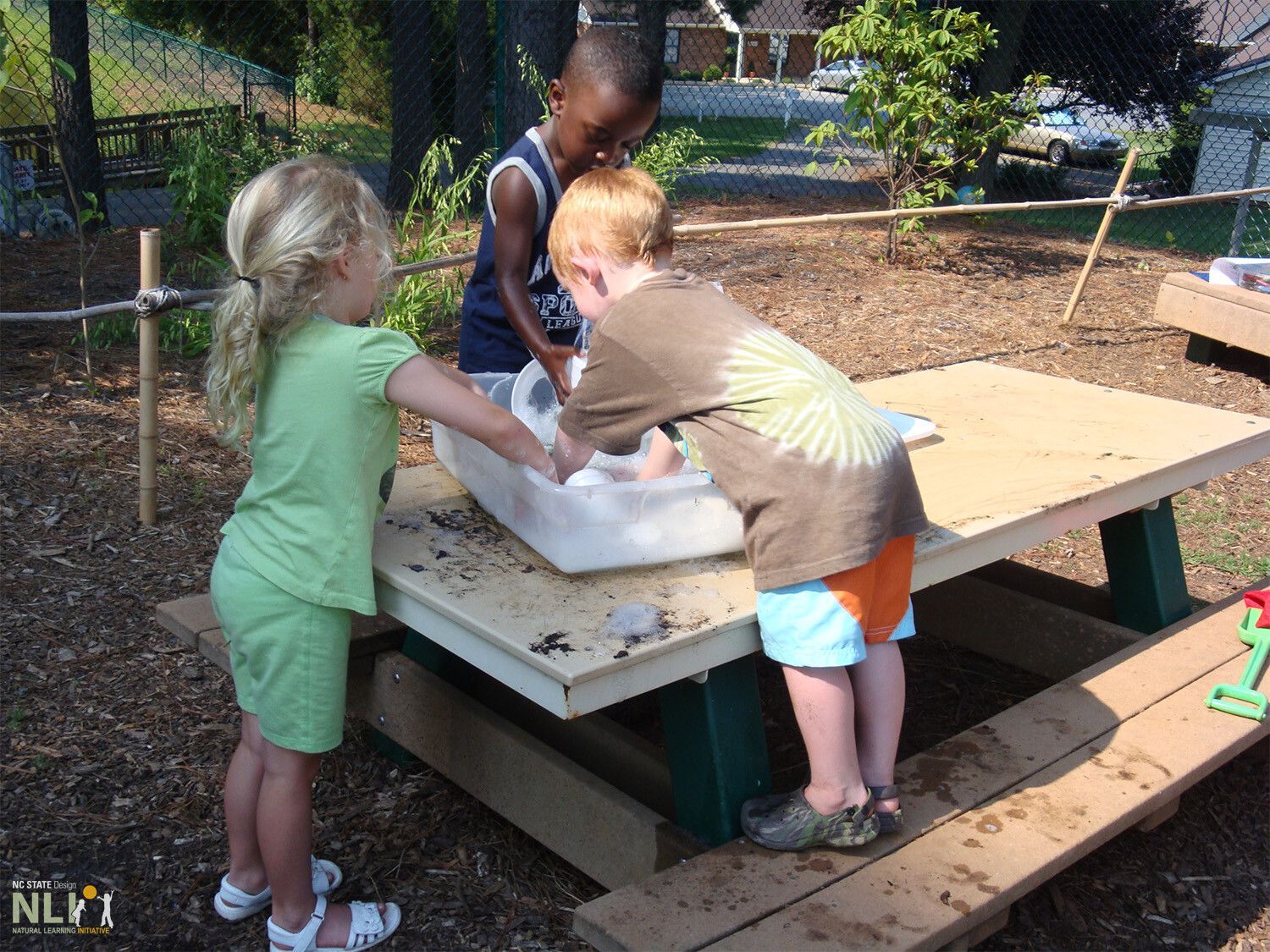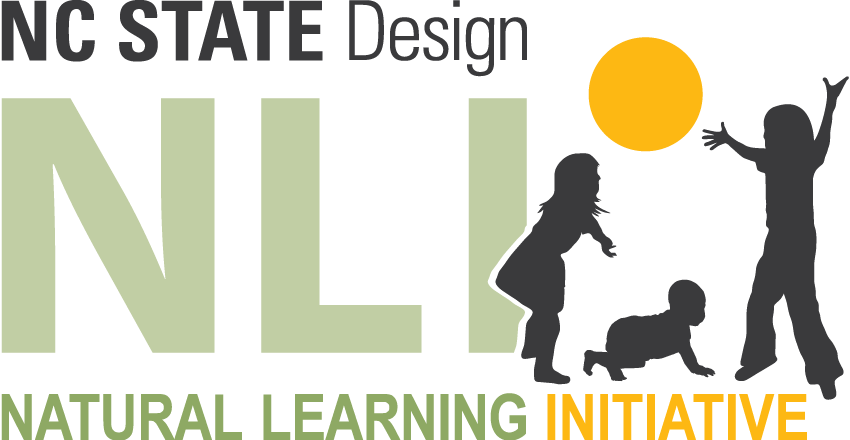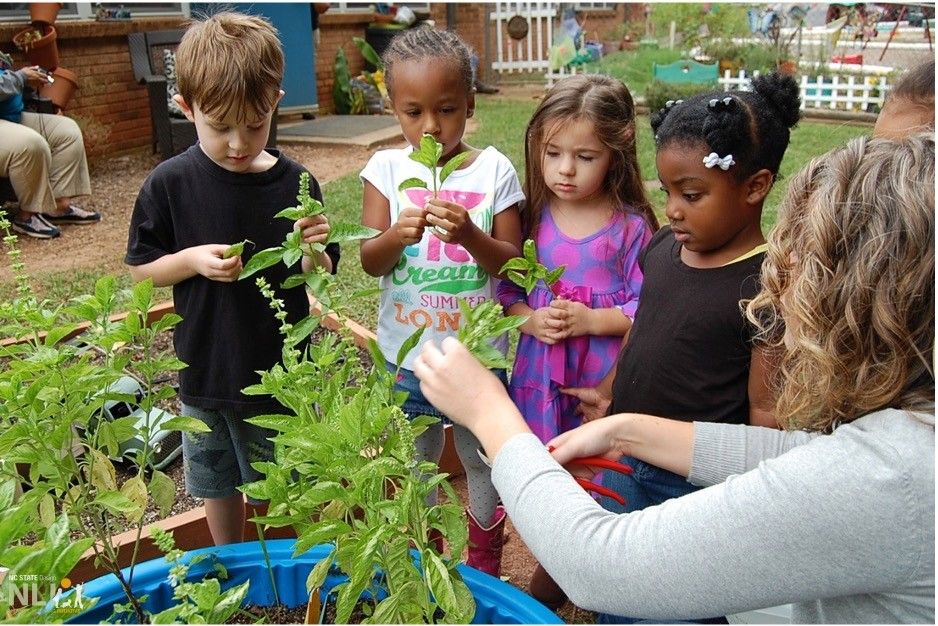Puddle Play
Parents and teachers know that few experiences delight children more than water play. It is important for even very young children to experience water play and begin to understand the characteristics of water. This simple puddle play activity supports children’s development in several domains, including those listed in the curricular areas above. For older children, loose parts such as measuring spoons and cups, small pebbles, popsicle sticks, and other items that sink or float will add interest to puddle play activities.
Setting:
Outdoor play area with water access
Focus:
Characteristics of water
Curricular Areas:
- Conceptual knowledge of the natural and physical world
- Physical development: gross and fine motor skills
- Language development: receptive and expressive language
- Sensory stimulation• Mathematics knowledge and skills: measuring
- Cognitive development: colors, sink or float concepts
Suggestions (for younger children):
- Place containers on the ground, or on a low stump or work table.
- Fill containers with water.
- Encourage non-mobile children to sit or lie on their stomachs on a mat and splash hands in water.
- Invite mobile children to step in containers on the ground to wet their feet, and splash and play with containers on work table.
- Encourage toddlers to keep the containers filled by providing a water pail, water pitcher, or other container to transport water from faucet/hose to pans and containers.
- Encourage the use of related language (pans, water, containers, splash, pitcher, etc.)
- Take photos of children’s water play and post in classroom for recall.
Suggestions (for older children):
- All of the above.
- Model for children how to use measuring spoons and cups.
- Model and allow children to use food coloring to change the color of the water.
- Model and allow children to use a safe soap liquid to “squirt” into water. Show them how to stir and make soap suds.
- Provide sink and float loose parts for children’s experimentation.
- Encourage additional language use (more/less, full/empty, food coloring, names of colors, sink, float, etc.)
- Take photos of children’s water play and post in classroom to encourage recall.
- Give attention to children’s progress and skill development week to week.
Engaging Parents:
- Post photos in an a place parents will see them, such as drop off/pick up points, or share in a parent newsletter.
- Send copies of this activity leaflet to parents and encourage them to provide water play experiences with children outside at home.
- Report children’s progress and skill development to parents.
Materials (for infants and toddlers):
- Water source: faucet or hose
- Very shallow cake or pie pans and small plastic containers filled with water
- Small water pail and/or water pitcher
- Mat or quilt
Materials (for twos and older children):
- Items listed above for younger children
- Measuring spoons and cups
- Food coloring
- Safe liquid soap
- Loose parts that float or sink
- Small pebbles


